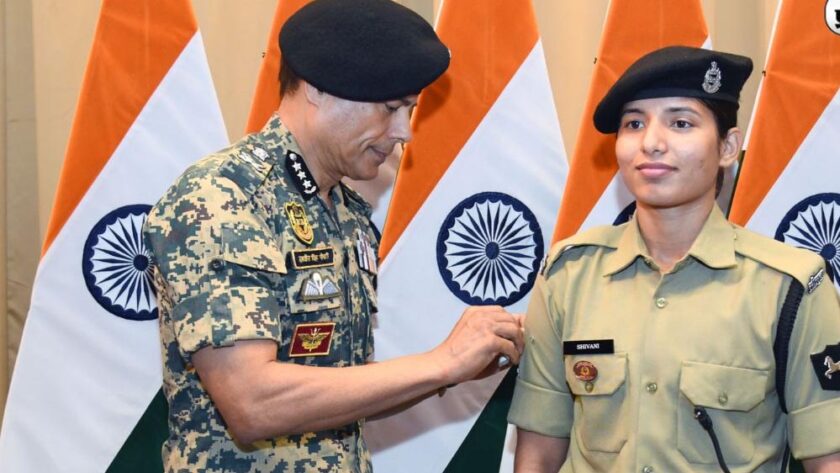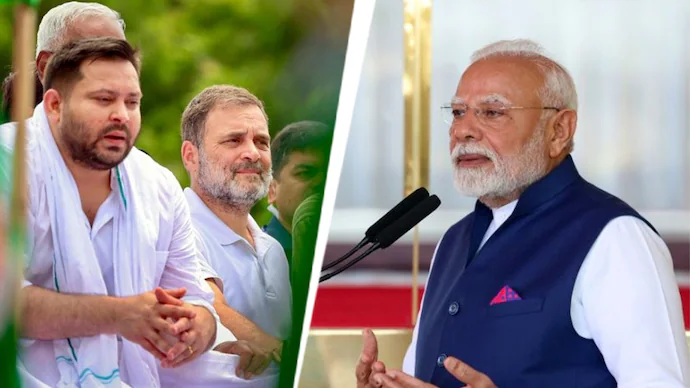Lucknow: Lucknow, the City of Nawabs, transformed into a spectacle of gleaming showrooms and celebratory purchases this Diwali, as automobile sales roared past expectations. The glow of diyas blended seamlessly with the gleam of fresh paint and chrome, reflecting a festival season that was as much about horsepower as it was about happiness.
From the buzzing lanes of Gomti Nagar to the heritage charm of Hazratganj, car dealerships witnessed an unprecedented rush. Fueled by the new GST 2.0 reforms that trimmed prices by up to 5%, and a perfect alignment of festive muhurats, consumers in Lucknow turned their dreams of owning a vehicle into reality. Official data revealed a 20% year-on-year growth in the city’s automobile market during the Navratri-to-Diwali window—outpacing the national festive surge of 15-18%.
Dealers registered nearly 500 bookings on Dhanteras alone, contributing to Uttar Pradesh’s estimated 50,000-plus vehicle deliveries statewide, with Lucknow accounting for a staggering 8,000–10,000 units. Showrooms across the city buzzed with excitement as families performed pujas before driving home their new rides.
Maruti Suzuki continued to dominate the road, clocking 1,200 units in Lucknow, led by the Brezza and Fronx, which contributed 400 and 300 units respectively. The brand mirrored its national triumph of 51,000 Diwali deliveries, a 50% jump from last year. Tata Motors wasn’t far behind—its Nexon and Punch combined for 300 units locally, part of its 70,000+ national deliveries. Hyundai’s Creta and Venue, now popular in hybrid variants, logged 250 units, while Mahindra’s Scorpio-N and XUV700 accounted for another 200.
Two-wheelers, the lifeblood of both urban and rural mobility, also zoomed ahead. Hero MotoCorp and Bajaj dealers registered around 1,500 deliveries, driven by the enduring appeal of Splendor, Pulsar, and Activa models. Collectively, Lucknow’s festive auto trade generated over ₹800 crore, contributing significantly to Uttar Pradesh’s ₹5,000 crore share in India’s record-breaking ₹6.05 lakh crore Diwali commerce boom.
Economic tailwinds supported this surge. Diwali bonuses added sparkle to middle-class spending, while a dip in repo rates made EMIs lighter. Lucknow’s growing IT and manufacturing presence brought in younger buyers, while improved road infrastructure like the Purvanchal and Agra Expressways encouraged families to invest in larger SUVs.

Sanjay Gupta, president of Uttar Pradesh Adarsh Vyapar Mandal, noted, “GST rebates have made dreams affordable. Showrooms cleared backlogs and built new waitlists within days.” Mid-size SUVs and hybrids dominated sales, capturing nearly 60% of the market as consumers leaned toward sustainability and fuel efficiency.
Even with the joy, challenges flickered. Semiconductor shortages delayed 10% of high-end model deliveries, while urban dealerships managed with tight inventories of about 75 days. Yet, showrooms in Lucknow turned the shortage into spectacle—hosting test-drive festivals, social media contests, and special pujas for new owners.
Digitalization amplified the buzz. Nearly 30% of bookings came through online platforms, as tech-savvy buyers compared offers and scheduled deliveries via apps. Notably, women buyers rose by 25%, opting for compact, feature-rich, and safety-oriented vehicles like the Hyundai Venue and Tata Punch.
As the smoke of fireworks faded on Diwali night, Lucknow’s roads shimmered with new rides and renewed aspirations. The city’s festive auto boom symbolized more than just sales—it celebrated prosperity in motion. In 2025, Lucknow didn’t just light up the skies; it lit up its streets with the promise of progress, one ignition at a time.






